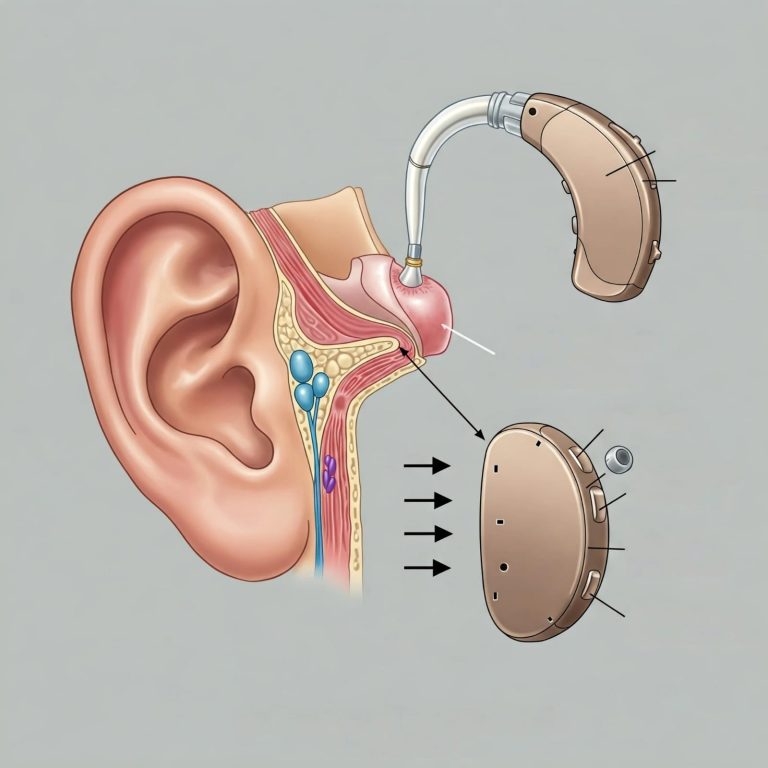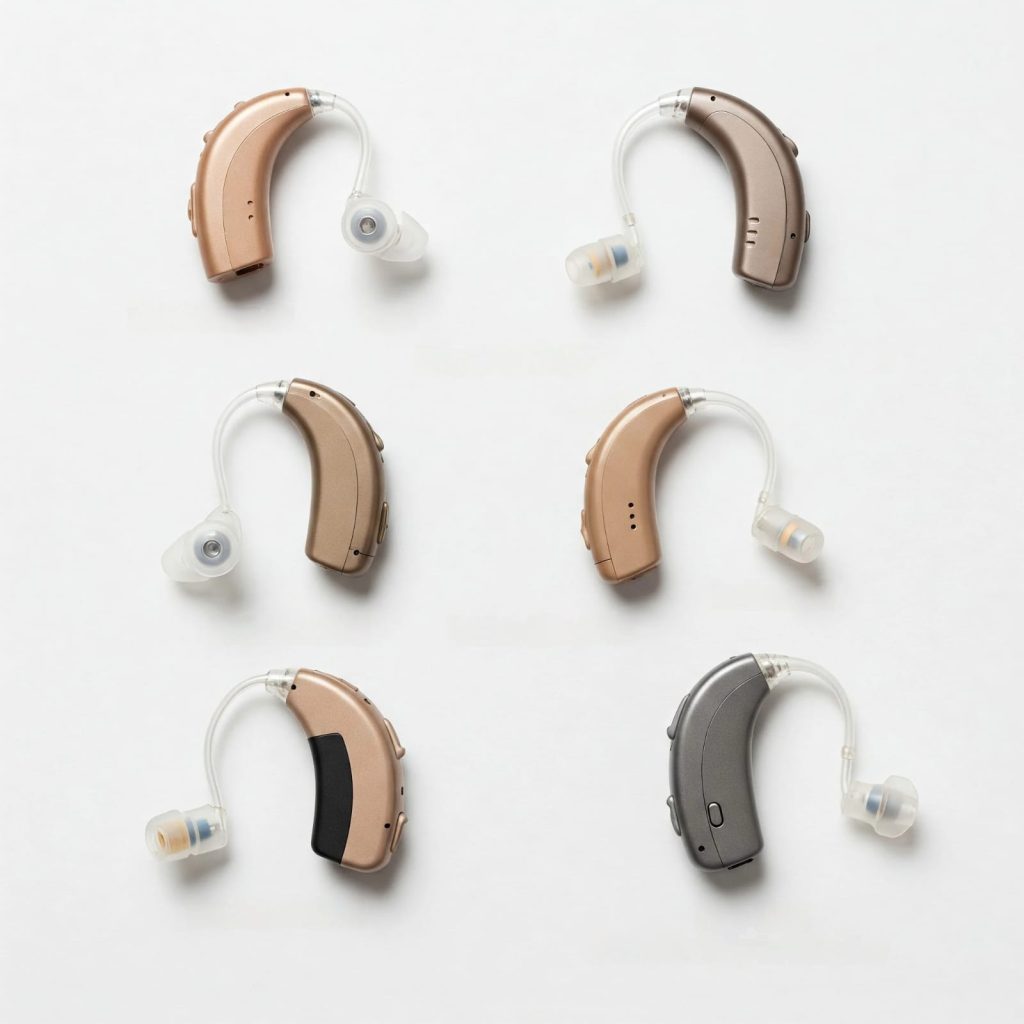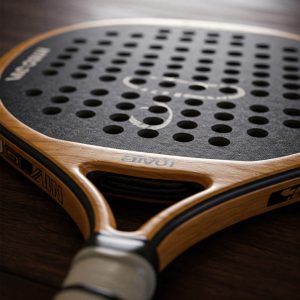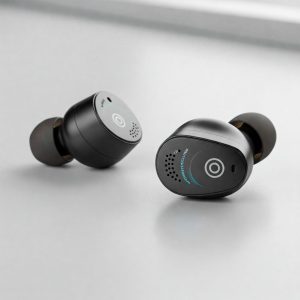INTODUCTION:
The Day My TV Remote Became My Best Friend (And Not in a Good Way)

Introduction: The Day My TV Remote Became My Best Friend (And Not in a Good Way) Family members gather for a movie evening when everyone shares laughter at the jokes. You spend most of your time with your eyes crossed attempting to read their lip movements while also trying to hear their words. Your family cannot stand your repetitive volume control on the TV remote which functions as your only communication tool. Then—eureka! A life-changing discovery leads you to hearing aids which are small devices that offer sound restoration for all you have lost. People no longer experience the unintelligible discomfort of insisting others hear them. moments and missed conversations. The modern hearing aid market offers sleek instruments that are both smart and undistinguishable from regular earwear. Selecting the perfect hearing aid from behind-the-ear to in-the-ear together with rechargeable options becomes challenging since all options risk making you feel like you wear a cumbersome device. The guide functions as an auditory assistant through its collection of non-jargony processing information and valuable advice. Let’s tune in! What Are Hearing Aids? Hearing aids serve as your auditory assistance while your TV remote experiences disuse because of them. Advanced hearing devices provide sound enhancement capabilities besides amplification because they serve as technical solutions for enhancing hearing perception in individuals with hearing difficulties. Personalized sound systems describe these devices which operate through precise world audio adjustments. A Quick History Lesson: Hearing aids became electronic between early 1900s but remained very large and difficult to move around in that period. Digital hearing aids brought forth a breakthrough during the 1980s by providing natural and clearer sound processing. The year 2024 brought hearing aids with Bluetooth functionality and rechargeable power and their sound adjustment operations controlled by artificial intelligence features. You should consider using hearing aids because of the following five compelling reasons (Advice of immediate necessity). You experience a common problem where you request people to state their words again repeatedly. You silence your TV because your family members frequently criticize the loudness level. The inability to hear properly becomes a reason for social isolation which causes you to stay away from social events. You develop persistent ear noises known as tinnitus when this condition affects you. Your work life becomes challenging because you experience difficulty in hearing during meetings as well as phone conversations.

6 Types of Hearing Aids, Each Suited to a Particular User Group * Behind-the-Ear (BTE) BTE models serve people with serious hearing loss requirements and those who need a wide set of features. Users receive three main advantages from this hearing aid technology including its power along with versatility and easy operational design. * Cons: More visible than other types. * Top Pick: Oticon More ($1500-3000) * Receiver-in-Canal (RIC) This device provides exceptional service to people with mild to moderate hearing loss and those who want unnoticeable devices. * Pros: Comfortable, discreet, and natural sound. Using small-sized hearing aid components might require more tedious handling. The Phonak Audéo Paradise stands as the top recommendation with price range from $1800 to $3500. * In-the-Ear (ITE) People with mild or moderate degrees of hearing impairment will find this device ideal along with individuals who struggle with manual dexterity. The shell incorporates everything together while having a customized shape for comfort. These devices have an increased susceptibility to collect earwax deposits over time. * Top Pick: Starkey Picasso ($2000-4000) * In-the-Canal (ITC) ITC hearing aids provide a suitable option for people who have mild hearing impairment and want unnoticeable hearing devices. * Pros: Smaller than ITE, custom-fit. Small size restricts possible features included within the device. Signia Silk X stands as the top recommendation in the price category ranging from $1500 to $3000.
* Completely-in-Canal (CIC) People with modest to average hearing loss should choose this model because it offers the maximum level of discretion and suits their hearing loss range. * Pros: Virtually invisible, custom-fit. The main disadvantages of this model include its short battery runtime and upper limit of available features. The Widex Moment CIC represents the top hearing aid choice at a price range from $2000 to $4000. * Over-the-Counter (OTC) These devices suit people who have mild to moderate hearing loss as well as those on a budget. * Pros: Affordable, readily available. The hearing aid’s main disadvantages include restricted customization options and inadequate performance when used by patients with specific types of hearing loss. The Top Pick in the market is Lexie B2 Powered by Bose which costs between $900-1000. How to Choose the Right Hearing Aid The magnitude of hearing loss ranges from mild to profound since classification includes four degrees.
* Lifestyle Needs: Active, sedentary, social, or solitary. You should choose your hearing aid budget from OTC prices through mid-range options as well as high-end models. * Technology Features: Bluetooth, rechargeable, noise reduction, or AI. In-ear and behind-the-ear devices provide both comfort and ideal fitting properties.
Dexterity: Ease of handling small components
. Personal Preferences: Style and discretion. Pro Tip: Consult an audiologist for a comprehensive hearing
test and personalized recommendations.
Top 5 Hearing Aids of 2024
| Product | Price | Best For | Why We Love It |
| Oticon More | $1500-3000 | Severe Hearing Loss | Advanced AI, natural sound, and powerful features. |
| Phonak Audéo Paradise | $1800-3500 | Mild to Moderate Loss | Bluetooth connectivity, exceptional sound clarity, and comfort. |
| Starkey Picasso | $2000-4000 | Dexterity Issues | Custom-fit, easy to handle, and all-in-one design. |
| Lexie B2 Powered by Bose | $900-1000 | Budget Buyers | OTC affordability, Bose sound quality, and app control. |
Signia Silk X | $1500-3000 Maximum Discretion | Virtually invisible, comfortable, and instant fit. |
DIY Hacks for Hearing Aid Care
Daily Cleaning: Wipe down your hearing aids with a soft, dry cloth.
Regular Wax Removal: Use a specialized tool to remove earwax buildup.
Battery Maintenance: Replace batteries regularly or recharge as needed.
Storage: Keep hearing aids in a dry, safe place when not in use.
FAQs: Your Burning Questions, Answered
Q: Can hearing aids restore my hearing completely?
A: Hearing aids enhance sound, but they don’t restore normal hearing.
Q: How often should I replace my hearing aids?
A: Typically every 3-5 years, depending on technology and wear.
Q: Are hearing aids covered by insurance?
A: Coverage varies; check with your insurance provider.
Q: Can I wear hearing aids while exercising?
A: Some models are designed for active lifestyles; check for water resistance.
Q: How do I adjust to wearing hearing aids?
A: It takes time; start with short periods and gradually increase usage.
Why Trust Us?
We’ve consulted with audiologists and hearing aid specialists.
We’ve researched and compared numerous hearing aid models.
We’ve considered user reviews and expert opinions.
Ready to Turn Up the Volume on Life?
Your world is full of sounds waiting to be rediscovered. The right hearing aids can help you reconnect with the moments that matter.





[…] Ready to Join the Fun? http://https/www.thezippydeals.com […]